In recent articles we’ve introduced you to the hidden threat of Blast Over Pressure (BOP) coincidental to firing and being near friendly weapons as well as being an effect of enemy induced BOP, along with considerations on what industry is doing to deal with this newly recognized phenomenon.
To get everyone back up to speed, let’s review the DoD definition for Blast Over Pressure:
The sudden onset of a pressure wave, above normal atmospheric pressure, which occurs from blast (e.g., explosions and weapons firing events). The pressure wave is caused by the energy released during explosions and weapons firing.
Now, let’s take a look at what a small business in Texas is doing to mitigate those effects through focused suppressor design.
Radical Defense has been in the suppressor business for well over a decade and earned its reputation as an innovator by focusing on very specialized suppression projects for US and allied SOF. Although this is not well known, they were working on integrally suppressed weapons for SOF even before the Suppressed Upper Receiver Group program had a requirement, let alone a name. Always on the lookout for a new problem to solve, they have spent millions of internal research and development dollars.
Radical examined BOP and immediately saw where their suppressor technology could be applied. They began to refer to their approach as Unconventional Weapon Personal Protective Equipment.
To beat the BOP challenge, Radical first had to develop a test protocol to measure against. Working with industry partners, they established a protocol similar to that used to test sound measurements. However, there are certain challenges to measuring BOP with the microphones used for standard sound pressure reduction as opposed to a blast microphone or a blast gauge. The microphones are capable of capturing the full pressure curve of an overpressure event, whereas the blast gauges record the event itself, but only if the pressure event is over a certain, predetermined value. Additionally, the microphone provides a delta that is easily observed for comparative analysis of unsuppressed to suppressed. The blast gauges themselves act as “Go / No-Go” gauge of sorts, immediately alerting the user of an event, while the microphone offers fidelity recording the entire event as well as capturing and assigning a value in Pascal (Pa) or Pounds per Square Inch (PSI). Radical Defense has informed me that they would be willing to share their protocol with others interested in working to mitigate BOP through the use of suppressor technology.
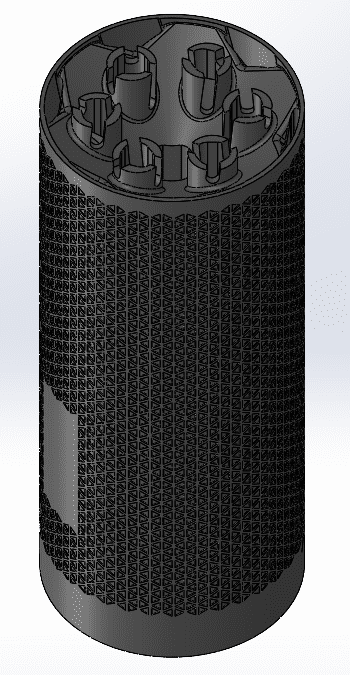
Like many companies in the suppressor business, Radical Defense has leaned heavily into computer modeling and additive manufacturing. This allowed them to quickly modify designs to increase their effectiveness in mitigating BOP.
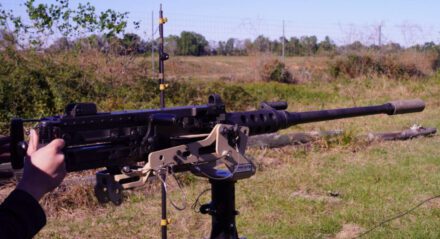
Initially they sought out a solution for .50 weapons. For one thing, between the M107, M2, and M3, the caliber is found in every service throughout the military except for Space Force and is one of the calibers which places service members at risk. Additionally, since they had already done the hard work on suppressing the M2, it was a natural progression.
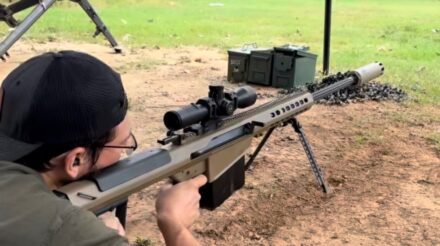
One such project was the BAD-21 suppressor (designed for the GAU-21). Internal testing revealed an 88% reduction in blast over pressure measured 4 feet on either side of the muzzle with a 77% reduction at the shooter’s head.
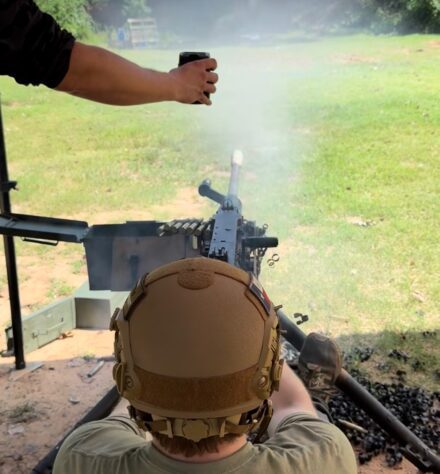
As an added bonus, Radical Defense found that their work on Blast Overpressure mitigation protects sensitive electronics and sensors from undue wear and tear as well as from errant readings during operations. The same goes for ground vehicles which increasingly carry vulnerable items like satellite antennas, shot locators, and Unmanned Aerial Systems countermeasures.
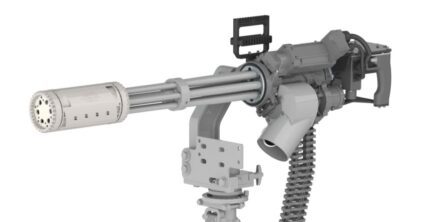
Radical Defense continues to develop new Unconventional Weapon Personal Protective Equipment for an ever increasing number of calibers and weapons. Some of them may even surprise you. Hopefully, they’ll let me share some of the other systems as well as results of work they have done for the military.
You can skip to the end and leave a response. Pinging is currently not allowed.
Read the full article here





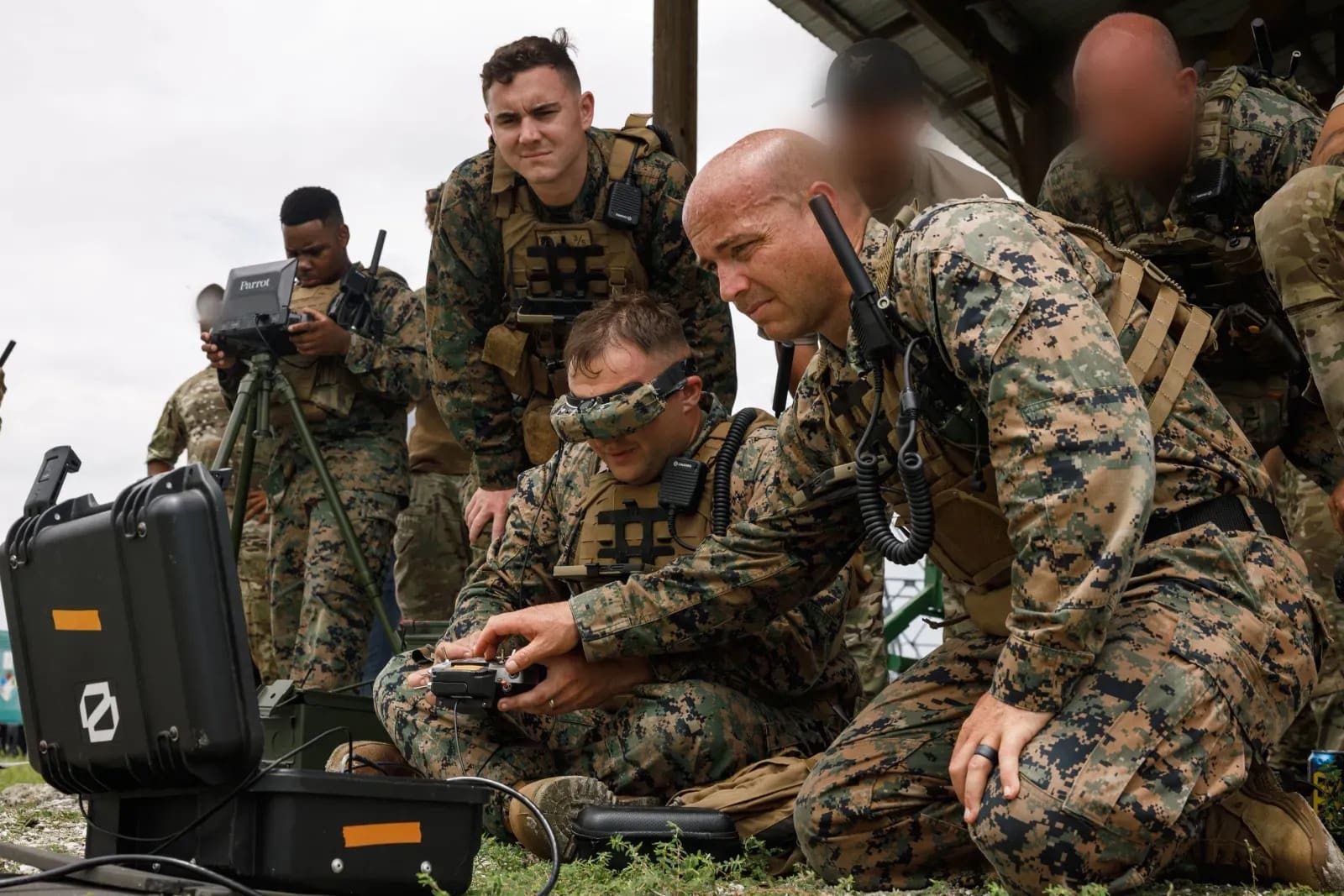


Leave a Reply